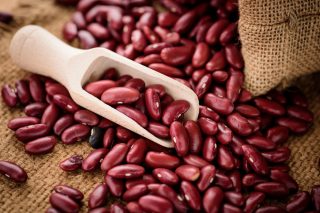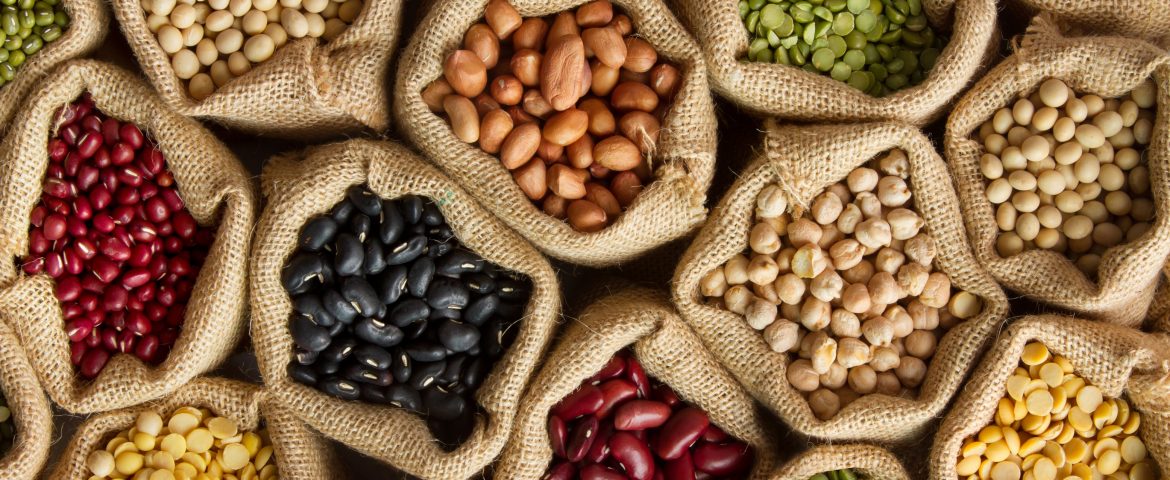Lovely, lavish legumes are more apparent than we realize—especially when it comes to summer meals. Here in Michigan, we’re lucky enough to access a broad array of beans, from pinto to kidney to green. Even better, they’re just as healthy as they are abundant. July 3 marks National “Eat Your Beans” Day, a celebration of the bean vegetable, along with the colors, shapes and sizes in which they come. Which type tickles your fancy? Veggie tales is here to find out.
Red kidney beans. Most commonly found in chili and salads, red kidney beans are no stranger to summertime meals. Their name is a reference to the beans’ close resemblance to the human kidney. That being said, it may not be a surprise that these biologically-dubbed beans can serve a healthy purpose to your body. Kidney beans are one of the richest plant-based sources of protein, giving it the nickname “poor man’s meat.” In addition to protein, red kidneys are also very dense in fiber, including resistant starches, which can assist in weight management. These fibers can create short-chain fatty acids that can help reduce the risk of colon cancer. A slightly unappealing name, but an incredibly beneficial bean!

Cranberry beans. Although their name may suggest something sweeter, these lighter-colored beans can be used for some of the same purposes as red kidneys, such as chili and baked dishes, especially Italian types. Cranberry beans are also similar to other bean counterparts given their healthful offerings. They offer protein levels that are comparable to meat, while providing less calories and harmful fats, making them an ideal option for those that are trying to stave off cardiovascular disease and diabetes. Cranberry beans can be a source of energy as well, given the presence of Vitamins B1-B3, which can also boost the process of metabolism. Feeling stressed out by all of these lofty, scientific terms? Cranberry beans can also help regulate blood pressure levels and calm down the nervous system thanks to the presence of magnesium.
Azuki beans. There’s no greater juxtaposition than vegetables and dessert. However, in addition to being grown in Michigan, Azuki beans can be found in delicacies such as cake, candy and ice cream thanks to their sweet, nutty flavor. Azukis, much like their counterparts, are small and oval-shaped, except with their own deep, red color. Despite the common association with desserts, these beans have many surprising health benefits that one would not commonly equate with such a sweet supplement. Similar again to other beans, Azukis contain high amounts of dietary fiber, which can improve digestive health. They also, ironically, can help prevent diabetes, as the aforementioned dietary fibers tend to regulate the activity of insulin receptors. Maybe a walk on the sweet side isn’t so bad after all.
As you celebrate beans on July 3, remember the diversity of composition and health benefits that they can provide.


